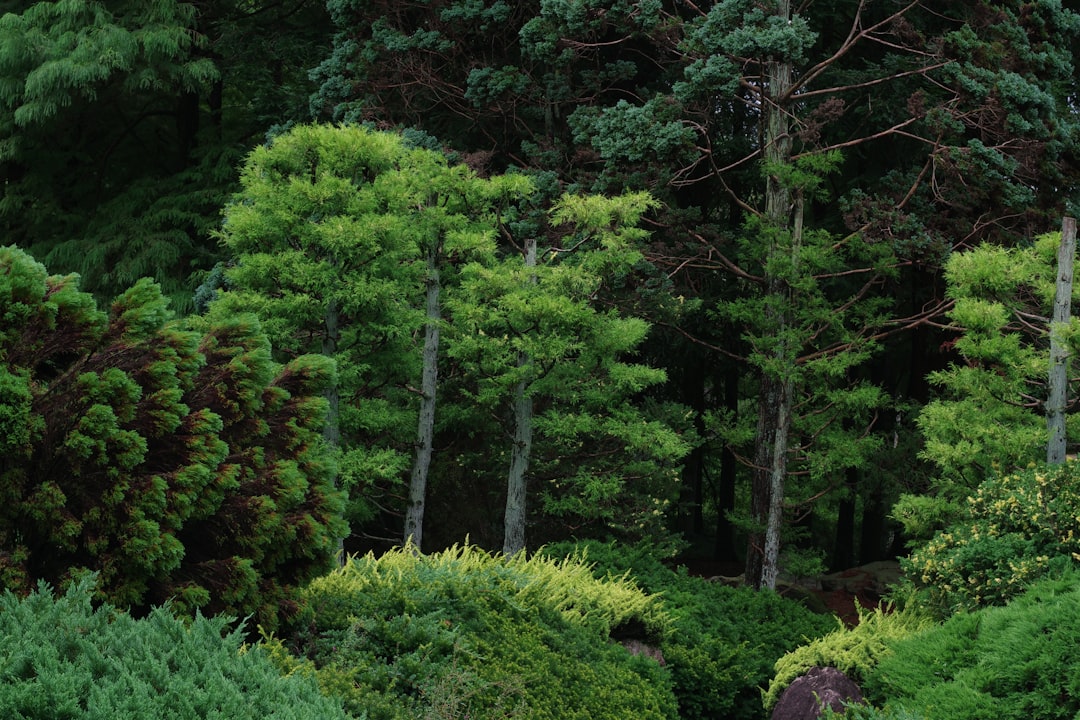The Enchanting Allure of Wall Rock Cress in Your Garden

In the realm of gardening, there are certain plants that stand out not only for their beauty but also for their versatility and resilience. One such plant is the wall rock cress, a true gem among perennials. This remarkable flower is an outstanding spring - blooming groundcover that can transform any rock garden, slope, or dry, sunny spot into a vibrant and enchanting landscape.
Wall rock cress, scientifically known as Aubrieta deltoidea, belongs to the Brassicaceae family. It is native to the mountains of southern Europe and has been a favorite among gardeners for centuries. Its popularity stems from its ability to thrive in challenging conditions, making it an ideal choice for those areas in the garden that are difficult to plant.
One of the most striking features of wall rock cress is its profusion of colorful flowers. In spring, the plant is covered with a carpet of small, four - petaled blossoms that come in a variety of shades, including purple, pink, lavender, and white. These flowers not only add a splash of color to the garden but also attract pollinators such as bees and butterflies. The sight of these tiny creatures flitting from flower to flower is a delight to behold and adds to the overall charm of the garden.
When it comes to planting wall rock cress, it is relatively easy. It prefers well - drained soil and full sun, which makes it perfect for rock gardens and slopes. The plant can tolerate some drought, so it is suitable for dry, sunny spots where other plants might struggle. To plant wall rock cress, simply prepare the soil by removing any weeds and adding some organic matter. Then, place the plants about 6 to 12 inches apart and gently firm the soil around them. Water thoroughly after planting, and then reduce watering as the plant becomes established.
Maintenance of wall rock cress is also minimal. Once it is established, it requires little watering, especially in areas with regular rainfall. However, during prolonged dry spells, it is advisable to give the plant a good soak to keep it healthy. Pruning is also important to keep the plant looking its best. After the flowers have faded, you can trim back the plant to encourage new growth and a more compact shape. This will also prevent the plant from becoming too leggy and ensure that it continues to produce an abundance of flowers year after year.
Wall rock cress can be used in a variety of garden designs. In a rock garden, it can be planted between rocks and boulders, where its cascading growth habit will soften the edges and add a touch of natural beauty. On slopes, it can help prevent soil erosion while providing a colorful display. In a sunny border, it can be combined with other spring - blooming perennials such as tulips and daffodils to create a stunning floral arrangement.
Another advantage of wall rock cress is its long - lasting nature. As a perennial, it will come back year after year, providing a reliable source of color and interest in the garden. This makes it a cost - effective choice for gardeners who want to create a beautiful and sustainable landscape.
In addition to its aesthetic appeal, wall rock cress also has some practical uses. In traditional medicine, some parts of the plant have been used for their medicinal properties. Although modern medical research is still exploring its full potential, it is an interesting aspect of this charming plant.
In conclusion, wall rock cress is a wonderful addition to any garden. Its ability to thrive in difficult conditions, its beautiful flowers, and its low - maintenance requirements make it a top choice for both novice and experienced gardeners. Whether you have a small urban garden or a large rural estate, wall rock cress can bring a touch of springtime magic to your outdoor space. So, why not consider adding this delightful perennial to your garden and enjoy its beauty for years to come?